Now Reading: Top 4 Best Places Visiting in Fatehabad for History, Spirituality & Heritage
-
01
Top 4 Best Places Visiting in Fatehabad for History, Spirituality & Heritage

Top 4 Best Places Visiting in Fatehabad for History, Spirituality & Heritage
1.Lat of Feroz Shah

The historical architecture of Humayun’s mosque exists where Firoz Shah Tughlaq built his Lat monument through the financial support of Mughal ruler Humayun (1529-1556 AD). Open space extends in an oblong shape from the central part of the mosque. The western part of this mosque displays a brick screen made from Lakhauri bricks. The screen of the prayer niche contains two arched recesses on both sides. An inscription dedicated to Humayun the emperor was found at this site. The section of pillar found at Agroha or Hansi belongs to an Ashokan monument which exceeds 6 metres in height. Archaeologists believe that the Tughlaq inscription replaced Ashokan epigraphy after skilled artisans utilized systematic chiseling to strip the pillar of these original Ashokan writings before creating the genealogy of Firoz Shah Tughlaq through beautiful Tughra-Arabic high-relief characters. An old walled Idgah surrounds the Lat (pillar) which exists at its center.
Historical Significance
The site functions as more than a house of worship since it showcases India’s historical transitions through numerous architectural and cultural and political stages from Mauryan times until the Tughlaq and Mughal eras.
Both the mosque and Lat embrace an exclusive blend of builder traditions from Buddhist, Sultanate and Mughal periods thus demonstrating the dynastic preservation of power as well as heritage through the ages. Travelers who wish to discover Indian historical heritage along with history enthusiasts and archaeologists consistently visit this site.
2.Banawali
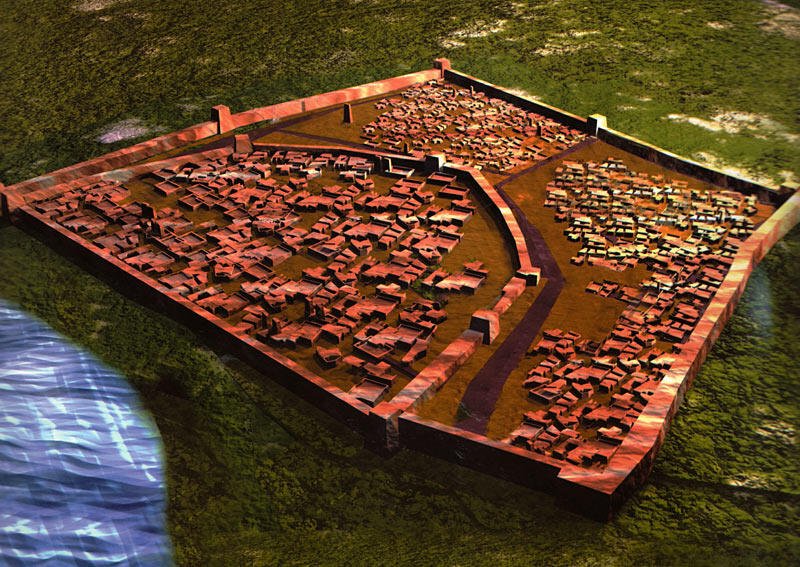
Anthropologists identify Banawali as an essential discovery which rests on the dry remains of the vanished ancient Vedic river Sarasvati within the village territory. The archaeological site at Banawali shows three sequential developments of regional cultural traditions from early settlement phase to post-Harappan phases.
Significance of Banawali Site
- Multiple important aspects make the Banawali excavation valuable.
- An extensive settlement existed uninterrupted between the Early Harappan period and post-Harappan historical timeline.
- The discovery at Banawali supports the Vedic texts which explained the significance of the Sarasvati River both historically and geographically.
- Through this site researchers achieve insight into how the Harappan Civilization crumbled while exploring its social along with political and environmental contributors to collapse.
3.Kunal
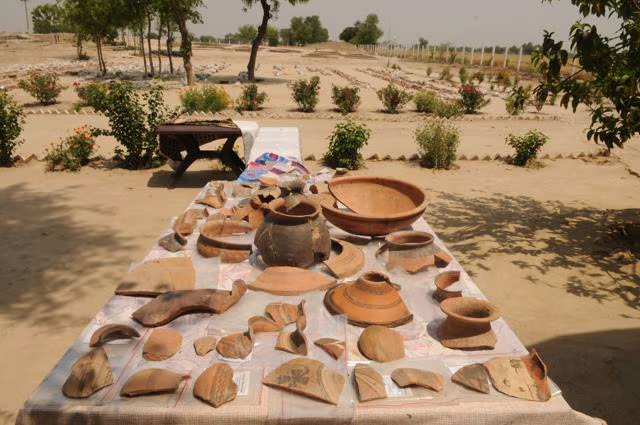
This archaeological find establishes itself in the dry riverside of Vedic river Sarasvati to showcase India’s historical development together with the growth of the successive Harappan civilization. Archaeological excavations at this site have produced essential findings which show the evolution of three different Harappan cultural periods together with evidence of the Painted Grey Ware culture
Significance of the Site
The findings from this site offer valuable insights into:
- Antique planning techniques and business operations together with everyday community activities formed the basis of the Harappan civilization.
- The Painted Grey Ware culture emerged after the Harappan era through an extended transition of cultural development.
- Vedic texts describe Sarasvati River as a vital river which sustained early settlements throughout its historical and geographical domain.
- This excavation site has become a crucial cultural and historical site which provides deeper insights into ancient Indian history as well as the long-term civilization development along the Sarasvati River basin.
4. Ashok Pillar
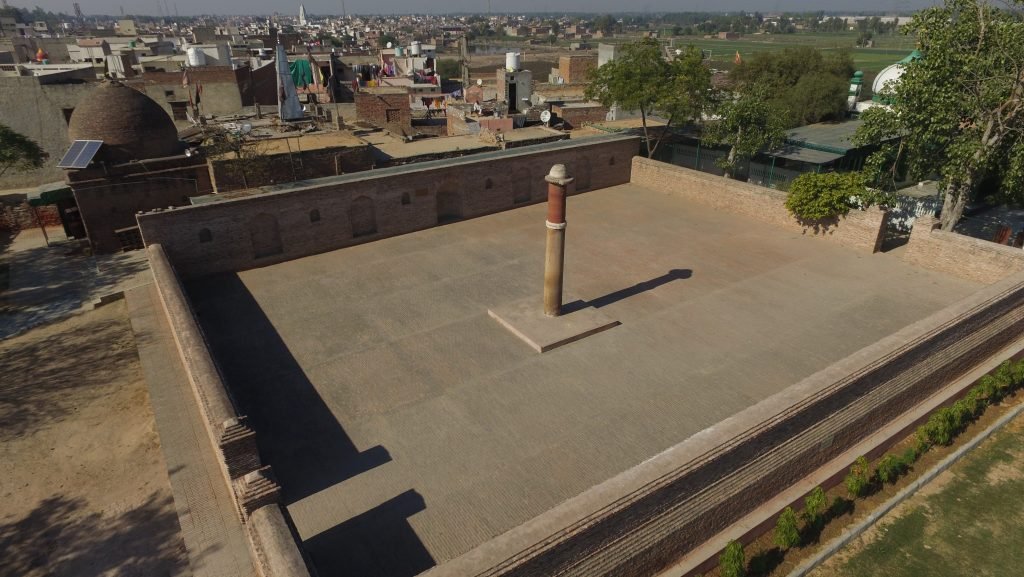
You can find the important Ashoka Pillar inside the central portion of Fatehabad’s Idgah district which Haryana controls. The ancient stone pillar extends to 5 metres in height while having a 1.90 metre circumference at its base despite carrying messages from both the Mauryan and Tughlaq periods.
Historical Significance
During the time of Emperor Ashoka the Great (268–232 BCE) the pillar displayed an Ashokan epigraph which has now vanished. The inscription most probably carried messages related to Dhamma and non-violence and religious tolerance which were typical expressions found in Ashoka’s edicts. Ashoka spread his Buddhist values through pillars that he built throughout his entire empire.
Tughlaq Inscription:
The Ashokan inscription received deliberate targeted destruction by Delhi Sultan Firoz Shah Tughlaq (1351–1388 AD) who allowed Tughlaq-era inscription to replace it. Firoz Shah Tughlaq had a new inscription inscribed with Tughra-Arabic characters at the site to document his royal lineage and the Idgah building around the pillar.
Related articles : Top 5 Best Places Visiting in Faridabad for Heritage, Nature & Spirituality
Stay Informed With the Latest & Most Important News
Previous Post
Next Post
-
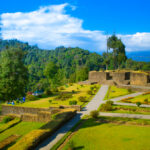 01Top 5 Best Places Visiting in Gyalshing – Monasteries, Lakes & Scenic Escapes
01Top 5 Best Places Visiting in Gyalshing – Monasteries, Lakes & Scenic Escapes -
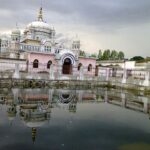 02Top 5 Best Places Visiting in Panna – Temples, Waterfalls & Wildlife Escapes
02Top 5 Best Places Visiting in Panna – Temples, Waterfalls & Wildlife Escapes -
 03Top 5 Best Places to Visit in Malerkotla – Malerkotla Fort, Sheesh Mahal & More
03Top 5 Best Places to Visit in Malerkotla – Malerkotla Fort, Sheesh Mahal & More -
 04Top 10 Best Places Visiting in Dakshina Kannad for Culture, Nature & Coastal Charm
04Top 10 Best Places Visiting in Dakshina Kannad for Culture, Nature & Coastal Charm -
 05Top 2 Best Places Visiting in Chitradurga for History, Nature & Adventure
05Top 2 Best Places Visiting in Chitradurga for History, Nature & Adventure -
 06Best Places Visiting in Shopian – Explore Top Attractions & Hidden Gems
06Best Places Visiting in Shopian – Explore Top Attractions & Hidden Gems -
 07Best Places Visiting in Narmadapuram – Temples, Waterfalls & Wildlife Escapes
07Best Places Visiting in Narmadapuram – Temples, Waterfalls & Wildlife Escapes













